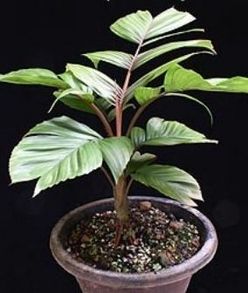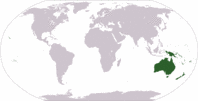Iguanura borneensis
| Iguanura (ig-oo-ah-NOOR-ah) borneensis (bohr-neh-EN-sis) | |||||||
|---|---|---|---|---|---|---|---|
 | |||||||
| Scientific Classification | |||||||
| |||||||
| Synonyms | |||||||
|
| |||||||
| Native Continent | |||||||
|
| |||||||
| Morphology | |||||||
| |||||||
| Culture | |||||||
|
| |||||||
| Survivability index | |||||||
|
| |||||||
| Common names | |||||||
|
| |||||||
Contents
Habitat and Distribution
Endemic to Borneo. Found in the rainforests.Description
A fabulous, dainty little palm from the bornean rainforest with entire, bifid, or sparsely divided, paddle-shaped leaves, supported by slender, clustering trunks no more than 1 m (9 ft.) tall. (RPS./com) Editing by edric.
Culture
Warm, sheltered and moist. Tropics or warm sub-tropics. "They take around 1 - 2 month to germinate, the most important factor is the freshness of the seed." (Jakkrit). Cold Hardiness Zone: 10b
Comments and Curiosities
"Iguanura seedlings are very hard to keep alive and are prone to fungus at this small stage." (Jeff Searle, Searle Brothers Nursery FL.)
- IMAGE GALLERY
External Links
References
Special thanks to Geoff Stein, (Palmbob) for his hundreds of photos.
Special thanks to Palmweb.org, Dr. John Dransfield, Dr. Bill Baker & team, for their volumes of information and photos.
Glossary of Palm Terms; Based on the glossary in Dransfield, J., N.W. Uhl, C.B. Asmussen-Lange, W.J. Baker, M.M. Harley & C.E. Lewis. 2008. Genera Palmarum - Evolution and Classification of the Palms. Royal Botanic Gardens, Kew. All images copyright of the artists and photographers (see images for credits).
Many Special Thanks to Ed Vaile for his long hours of tireless editing and numerous contributions.












